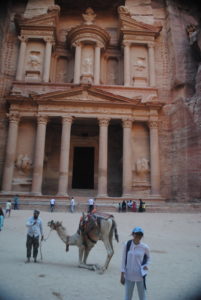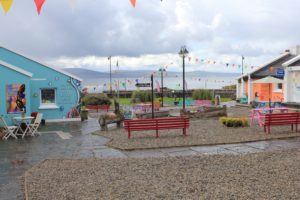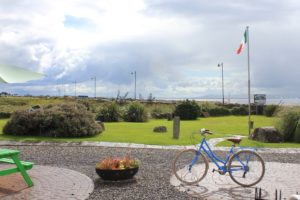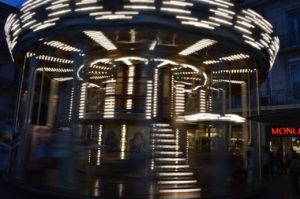“Excuse me, but where is your lady?”
These are words I have rapidly become accustomed to during my stay in Jordan, and it has taught me much of the racial nature of inequality in this country.
Typically speaking, when one sees an Indonesian (or Southeast Asian in general) woman in Jordan, she is there because she is employed as a maid or helper for a well-off Jordanian family. I began to see many of these women once I was settled in Jordan. In malls, these domestic workers can often be seen walking just behind their employers, holding their bags and pushing their strollers for their wealthy patrons. I remember watching one such of these ‘classy’ women trying on a variety of designer shoes, asking her maids for their opinions as she modeled her expensive shoes for them.
The assumption then when Jordanians see me in public places is not that I am a PhD student from Notre Dame pursuing a study of Classical Arabic at the Qasid Institute, but rather that I am also one of the maids brought from Indonesia to change diapers and scrub floors. The career I have spent so many years building is invisible to the people here, for apparently Jordanian culture has written the word ‘maid’ on my face. I have often experienced Islamophobia or other forms of racism while living in the States, but these were a new set of micro-aggressions.
This is a prejudice that does not trouble every foreigner, but rather is specifically aimed at women from Southeast Asia (a female friend from Thailand at the Qasid Institute also experienced the same case of racism). At restaurants, I often dine with my two housemates and find that waitresses will often hand menus to my Japanese and British-Pakistani peers, leaving me with nothing until I am forced to ask. Apparently, the idea of an Indonesian being able to eat in a restaurant is quite unusual for Jordanians and they thus assume that I have no need for one. And even when I pay with my own credit card, the card will usually be handed back to my peers instead of me, showing once again that Jordanians think I am simply there as a helper for other students.
By far, these acts of racism have been my greatest difficulty throughout my stay in Jordan, for it has permeated every aspect of my life here. Even when I am going for groceries, I am often bombarded with ridiculous questions from random strangers about “where is my master?”. And even a few days ago, a middle-aged man literally rammed me with his shopping cart for not getting out of his way quickly enough. Combined with the sexual-street harassment I face, it is abundantly clear that Jordanian culture sees people that look like me as inferiors who are not worthy of even the most basic level of courtesy.
It seems that I am constantly being reminded of my place in the racial hierarchy here and it is very clear that Indonesians (and Southeast Asians in general) are not welcome here unless they want to work in kitchens or carry bags.
When my significant other visited, this prejudice took on new forms. Refusing to kowtow to Jordanian prejudices, my SO (who is a Pakistani-Canadian that could potentially pass as an Arab) would hold my hand in public and insisted on carrying every bag we happened to get while shopping. Still, while it was amusing to not conform to these racial expectations and flaunt our interracial match, Jordanian racism still followed us. For the sight of an Arab-looking man carrying bags for an Indonesian woman attracted stares and giggles no matter where we went.
If this is my experience being an international student in this country, then I cannot begin to imagine what life must be like for actual domestic workers living here. To be at the beck and call of a culture that clearly and unashamedly regards one as an inferior is incredibly demeaning, and it would take the patience of Job to endure it. Thus, now more than ever, do I have more admiration for those women who have stood up and spoken out in the media against the rampant physical and sexual abuse that inevitably occurs as a result of the pernicious racism against them.
But it is these women we must look to for inspiration. For every time they speak out against this systematic discrimination is another step towards ending it forever.








































